Do you see me here?
Hidden in plain sight, I’m
a humpback whale’s delight
Why are we monitoring Environmental Drivers?
A number of environmental factors drive marine ecosystems and thus affect the recovery of species and ecosystem services injured by the 1989 Exxon Valdez oil spill. These include currents, water temperature, salinity (salt content of the ocean tempered by fresh water from rivers and runoff from the land), concentrations of dissolved oxygen, nutrients, and chlorophyll; and the phytoplankton and zooplankton communities that are at the base of marine food webs. Water temperatures and salinities vary within the ocean water column as water masses become seasonally stratified or mixed by winds and currents.
We monitor environmental drivers in five, coordinated projects. Gulf Watch Alaska scientists collect oceanographic and plankton data: along the Seward Line transect hat extends across the Gulf of Alaska shelf from a fixed Gulf of Alaska-1 (GAK-1) mooring on the continental shelf to the outer edge of the shelf, along transect lines within Prince William Sound, along transect lines within lower Cook Inlet and Kachemak Bay, and at point locations in Cordova and Seldovia Harbors and at GAK-1. GAK-1 is positioned within the Alaska Coastal Current at the mouth of Resurrection Bay and has been recording data for more than 50 years. We also use vessels of opportunity to sample plankton with a Continuous Plankton Recorder along a transect across the Gulf of Alaska shelf and into Cook Inlet.
Our long-term monitoring and data collection across this large geographic area provide important information on seasonal patterns and trends, similarities and differences among locations within the Gulf of Alaska, and changing environmental conditions.



